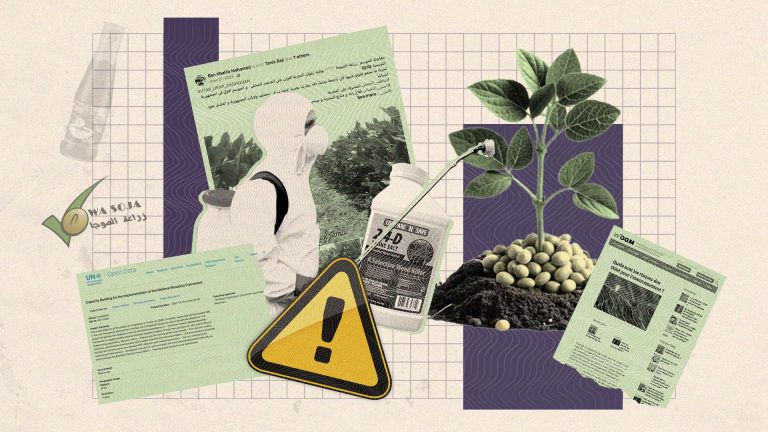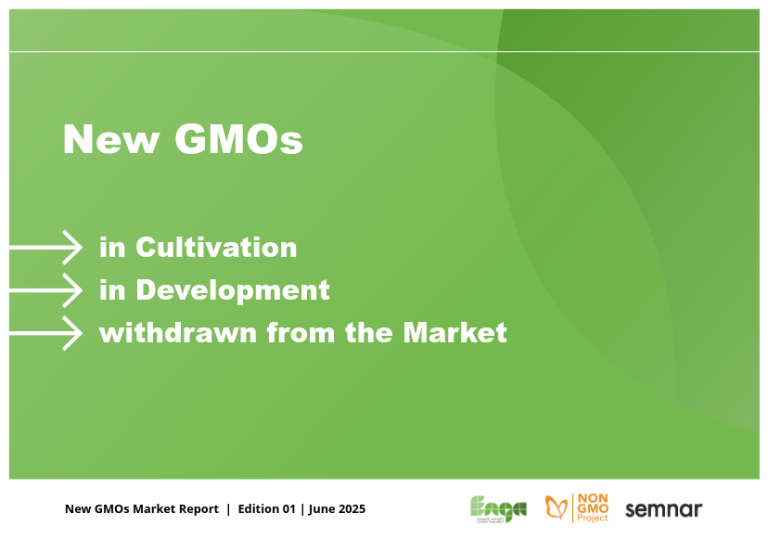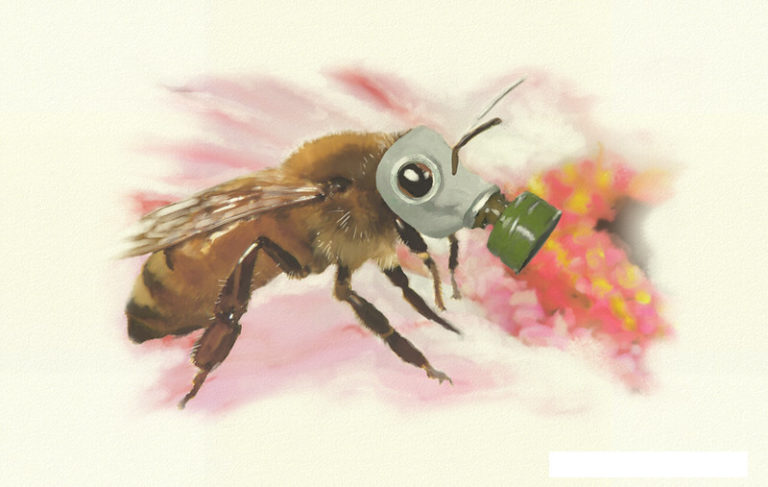
Illegal cultivation of GM soybeans in Tunisia revealed by DNA tests
Presented as a response to the feed crisis, a new crop is quietly taking root in Tunisian fields. Behind the soybeans, genetically modified seeds are being introduced without regulation and amid total institutional silence.

Only three GMOs/NGTs are cultivated
At first glance, this finding may seem surprising. Only three GMOs obtained through new techniques of genetic modification are currently being cultivated and their harvest commercialised. The many promises of their benefits for health, the environment, and “competitiveness”, as well as the argument that they are already deregulated in many countries around the world, would suggest that these “miracle” products would have been more widely adopted. Clearly, this is not the case.

2024, another year contaminated by illegal GMOs
In 2024, the European Union once again recorded alerts of GMO contamination. Of the 24 alerts, the vast majority concerned unauthorised GM rice, but also papaya, soybean, flax and corn. Two cases of contamination by genetically modified microorganisms were also reported, one of which even forced the Belgian authorities to issue a public statement recalling a product. In three cases, the nature of the illegal GMO was not specified.

25 years later, insecticidal GMOs face insect resistance
43 detections of insects having acquired resistance to the Bt proteins supposed to kill them were listed in a scientific article in 2023. 43 cases out of 73 studied, i.e. more than half. For the authors of the article, the use of insecticidal GMOs has been crowned with success, as in several cases it has made it possible to reduce or even eradicate local pests. But failures also occurred due to resistance. The authors believe that the future lies in a combination of technologies, among which is RNA interference.

Illegal GMO plants and micro-organisms in Europe
Between 1 January 2021 and the present day, the European Union has had to deal with almost fifty cases of the illegal presence of GMOs on its territory. Most of the cases reported by the national authorities involve GMO plants originating in Asian countries such as Vietnam and Thailand, but also in other countries such as Ukraine, the United States and, more surprisingly, France… GMO micro-organisms have also been detected in batches of food additives used in human and animal nutrition.

Brazil: Endgame for Bayer’s GMO soybean patent?


